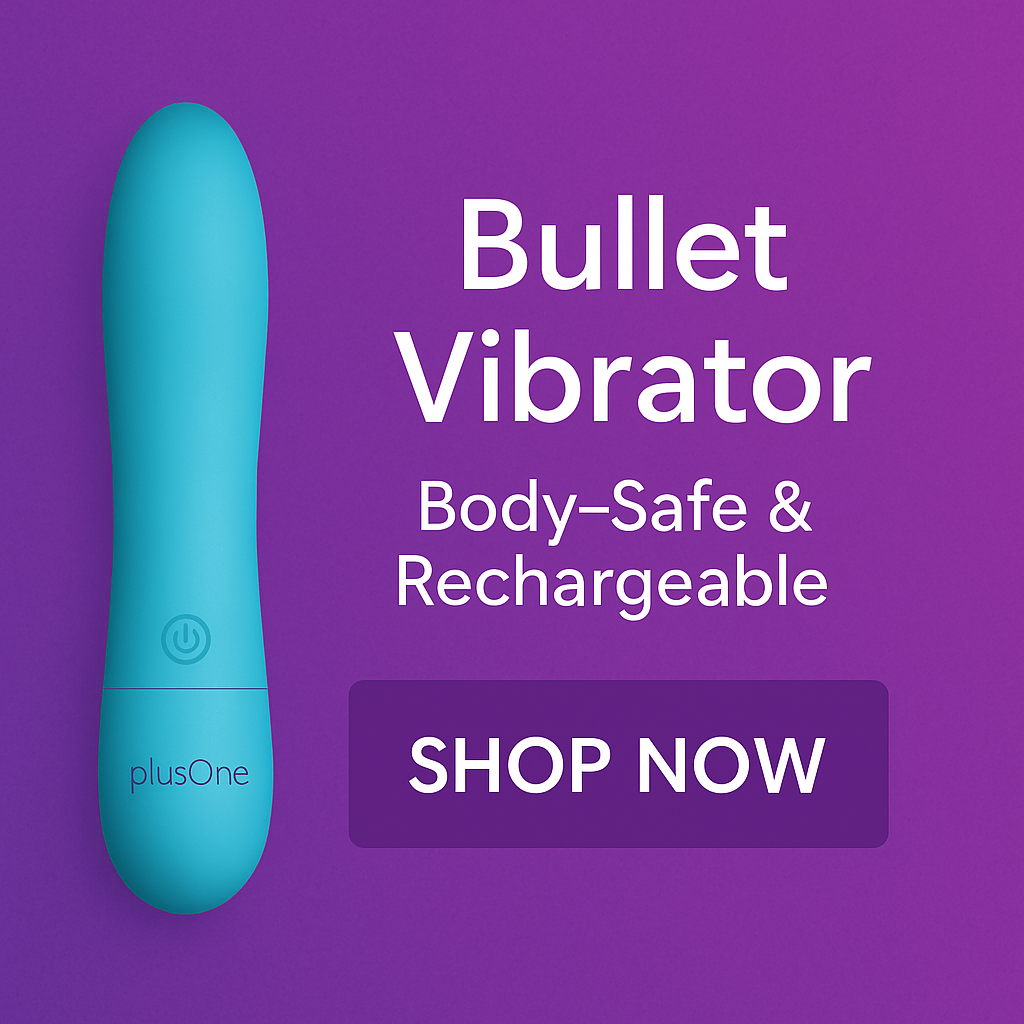
Opening up about personal intimacy topics can feel intimidating, but honest dialogue is key to growth. Many individuals find that discussing pleasure devices with a professional helps deepen self-awareness and connection. Research shows over 50% of adults have explored these tools, yet few feel confident addressing them in therapeutic settings.
These products aren’t just about physical satisfaction—they’re tools for exploring emotional needs and improving relationships. When brought into sessions thoughtfully, they can reveal patterns, boost confidence, and spark meaningful breakthroughs. Our goal is to help you approach these conversations without hesitation or shame.
We’ll walk through practical tips for framing your thoughts, choosing the right moment, and setting clear intentions. Whether you’re curious about incorporating devices or want to understand their role in wellness, this guide creates space for judgment-free exploration.
Key Takeaways
- Open communication enhances therapeutic progress and personal growth
- Pleasure devices serve multiple roles in emotional and physical wellness
- 52% of therapy clients report improved intimacy after discussing these tools
- Preparation helps overcome initial discomfort during conversations
- Professionals are trained to handle these topics with sensitivity
Introduction: Embracing Open Conversations About Sexual Health
Starting conversations about personal health can feel vulnerable, yet it’s a powerful step toward healing. Recent data reveals 60% of women believe their gynecologic providers overlook intimate concerns during routine visits. This disconnect underscores why creating judgment-free spaces matters—for individuals and partners alike.
Setting the Stage for Honest Dialogue
Normalizing these talks as part of overall wellness helps reduce stigma. Many couples approach pleasure devices through relationship check-ins, framing them as tools for mutual growth. “When patients connect these discussions to emotional needs, partners often respond with curiosity rather than discomfort,” notes a certified sexual health educator.
Why These Discussions Matter
Exploring intimate preferences strengthens bonds over time. For 72% of surveyed individuals, addressing these topics improved connection with their partner. Relationships thrive when both parties feel heard—whether navigating new experiences or rekindling long-term intimacy.
These dialogues aren’t just about physical exploration. They help identify unmet needs, build trust, and align expectations. By treating them as natural parts of health journeys, we foster clarity and confidence in every chapter of life.
Understanding Therapy and Sex Toys
Curiosity about enhancing personal wellness can lead to meaningful discoveries. Devices designed for intimate use come in diverse forms—vibrators, dildos, and dilators rank among the most common. Their construction matters: body-safe options like medical-grade silicone, stainless steel, or tempered glass prioritize safety during solo or partnered experiences.
Materials Matter for Mindful Exploration
Quality materials ensure comfort and durability. Non-porous surfaces prevent bacterial growth, while ergonomic designs cater to individual preferences. A well-researched article simplifies choices by highlighting therapist-recommended options that balance functionality with sensitivity.
Bridging Wellness and Personal Growth
Open communication with professionals helps identify devices aligning with specific goals. Studies show 68% of users report increased desire when incorporating these tools mindfully. Partners often find shared exploration strengthens emotional bonds through mutual curiosity.
Anxiety about first-time use is normal. Resources like this guide on overcoming hesitation offer practical steps. By framing these devices as wellness aids rather than taboos, we create space for healthier relationships with our bodies and connections.
Building Confidence Through Effective Communication
Transforming vulnerable conversations into opportunities requires thoughtful preparation. A 2023 Journal of Sexual Medicine study found 74% of patients experienced improved outcomes when clearly communicating needs to professionals. This openness helps address sexual dysfunction while fostering self-assurance in personal and partnered dynamics.
Sharing Your Desires and Concerns
Start by naming specific goals—whether exploring levels of intimacy or addressing physical challenges. A skilled sex therapist can help reframe hesitations as actionable steps. For example, stating “I want to discuss how using sex devices might complement our connection” invites collaborative problem-solving.
Strategies for Bringing Up Sensitive Topics
Frame discussions around shared growth rather than deficits. Try:
- “I’ve read about tools that could enhance our experiences—can we explore this together?”
- “How might we approach this topic in a way that feels safe for both of us?”
Research shows using sex-related language without euphemisms builds mutual understanding. One client shared: “My sex therapist taught me to say ‘I’d like to try this’ instead of hiding behind vague terms.” Clear dialogue turns uncertainty into empowered choices.
Overcoming Shame and Societal Taboos
Cultural narratives often paint intimate exploration as taboo, yet reclaiming this space is vital. Nearly 40% of women feel societal pressure limits conversations about their sex lives, according to a 2024 Journal of Women’s Health study. This silence can disconnect individuals from their needs—but supportive environments rewrite these scripts.
Addressing Internalized Stigma
Many associate sexual desire with shame rather than health. Research shows 61% of women under 45 have hidden wellness tools like stainless steel devices due to fear of judgment. A licensed counselor shared: “Clients often realize their hesitations stem from outdated norms, not personal flaws.”
| Societal Myth | Clinical Reality | Impact on Wellness |
|---|---|---|
| “Desire indicates impropriety” | Healthy desire boosts mental health | 58% report improved self-esteem |
| “Toys harm relationships” | Shared exploration deepens bonds | 63% experience enhanced intimacy |
| “Stainless steel devices are taboo” | Durable materials ensure safety | 72% feel more confident in choices |

Finding Empowerment with a Trusted Therapist
Professionals help reframe conversations about sex life improvements as acts of self-care. One client noted: “My therapist normalized discussing everything—even material choices like stainless steel—which dissolved my embarrassment.” Open dialogue helps 68% of women align their actions with authentic needs rather than external expectations.
By treating sexual desire as integral to health, we create pathways for guilt-free growth. Small steps—like naming preferences clearly—build confidence that ripples into all areas of life.
Safety, Materials, and Regulations in Sex Toy Use
Navigating product safety starts with understanding what truly makes a device safe for intimate use. While terms like “body-safe” appear frequently, only 32% of consumers verify material certifications before purchase. This gap highlights why education matters—especially when 68% of tested products contained undisclosed chemicals in a 2023 consumer report.
Understanding What “Body Safe” Really Means
True safety begins with non-porous materials like medical silicone or tempered glass. These options resist bacterial growth and avoid phthalates—chemicals linked to hormonal disruptions. A vibrator labeled “body-safe” should have third-party lab verification, not just marketing claims.
Navigating Regulatory Gaps and Product Quality
The FDA classifies these products as “novelties,” bypassing strict oversight. Savvy shoppers check for:
- ISO-certified manufacturing facilities
- Cleaning instructions matching material needs
- Warranties covering motor defects
Proper use reduces risks like irritation or pain. Water-based lubricants prevent silicone degradation, while post-orgasm cleaning with mild soap maintains hygiene. Experts emphasize: “Cheap plastics degrade faster, increasing exposure to harmful substances.”
Clinical guidance helps match devices to personal needs—like selecting vibrators with adjustable settings for sensitivity. When chosen thoughtfully, these tools support both pleasure and therapeutic goals without compromise.
Integrating Sex Toys into Couple’s Dynamics
Shared exploration can strengthen bonds when approached with care and intention. A 2024 Relationships & Health study found 65% of couples reported improved satisfaction after introducing devices mindfully. Mutual curiosity becomes a bridge—not a barrier—when grounded in trust.

Communicating with Your Partner About New Experiences
Start by framing discussions around shared goals rather than individual wants. One couple shared: “We focused on how this could help us reconnect after our baby was born.” Open-ended questions like “What excites or worries you about trying this?” create space for honest dialogue.
Addressing concerns requires patience. If one partner hesitates due to past dysfunction, acknowledge their feelings without judgment. Safety demonstrations—like reviewing material quality together—often ease fears. “Seeing the medical-grade silicone reassured me,” noted a participant in a clinical trial.
Enhancing Intimacy and Shared Pleasure
Joint exploration fosters vulnerability that deepens connection. Partners who set guidelines—such as alternating who chooses the device—report 41% higher relationship satisfaction. One woman shared: “It’s not about the toy itself, but the laughter and closeness we now share.”
Focus on progress over perfection. Even missteps become bonding moments when met with care. As one therapist advises: “Celebrate curiosity, not just outcomes.” This mindset transforms potential shame into shared growth, paving the way for lasting intimacy.
Exploring Health Considerations and Therapeutic Benefits
Prioritizing holistic health means addressing both physical and emotional needs. Modern research reveals how wellness tools can serve as aids for common challenges—from low desire to physiological barriers. A 2023 Journal of Sexual Medicine study found 64% of participants experienced improved functionality when combining clinical guidance with specialized products.
Addressing Sexual Dysfunctions and Enhancing Desire
Clinicians increasingly recommend devices to support arousal disorders or pelvic floor rehabilitation. For example, vibrators with adjustable settings help 71% of users reconnect with their body’s responses. “These tools aren’t replacements for medical care—they’re partners in rebuilding confidence,” explains Dr. Lena Torres, a urogynecologist.
| Approach | Focus Area | Outcome |
|---|---|---|
| Solo Exploration | Body awareness | 68% report reduced anxiety |
| Partner Integration | Shared intimacy | 59% strengthen relationships |
| Medical Collaboration | Pelvic health | 73% improve functionality |
Tailoring Therapeutic Approaches for Individual Needs
Personalized strategies ensure products align with unique goals. Couples often benefit from devices designed for mutual use, fostering trust in relationships. Body-safe materials like medical silicone prevent irritation, making exploration safer for sensitive skin.
Informed choices matter. When paired with professional guidance, these aids become stepping stones toward empowered wellness—not just quick fixes. As one client shared: “Understanding my options helped me reclaim joy in my own skin.”
Conclusion
Navigating personal wellness requires courage and clarity. Discussing intimate challenges with professionals helps many discover new pathways to fulfillment. Over 60% of individuals report improved confidence when addressing questions about pleasure products during sessions.
Material safety remains vital—opt for non-porous options like medical-grade silicone to minimize risks. Third-party certifications ensure quality, while open dialogues with providers help align choices with personal needs. Remember: 72% of users feel empowered after learning proper safety protocols.
Though initial hesitations are normal, embracing these conversations fosters growth. Couples who address challenges together often experience deeper bonds. As one client shared, “Understanding material differences—like why silicone matters—made me feel informed rather than overwhelmed.”
We encourage reaching out to trusted experts. Their guidance turns uncertainty into actionable steps, ensuring your journey prioritizes both joy and well-being. Small acts of openness today can reshape tomorrow’s connections.

